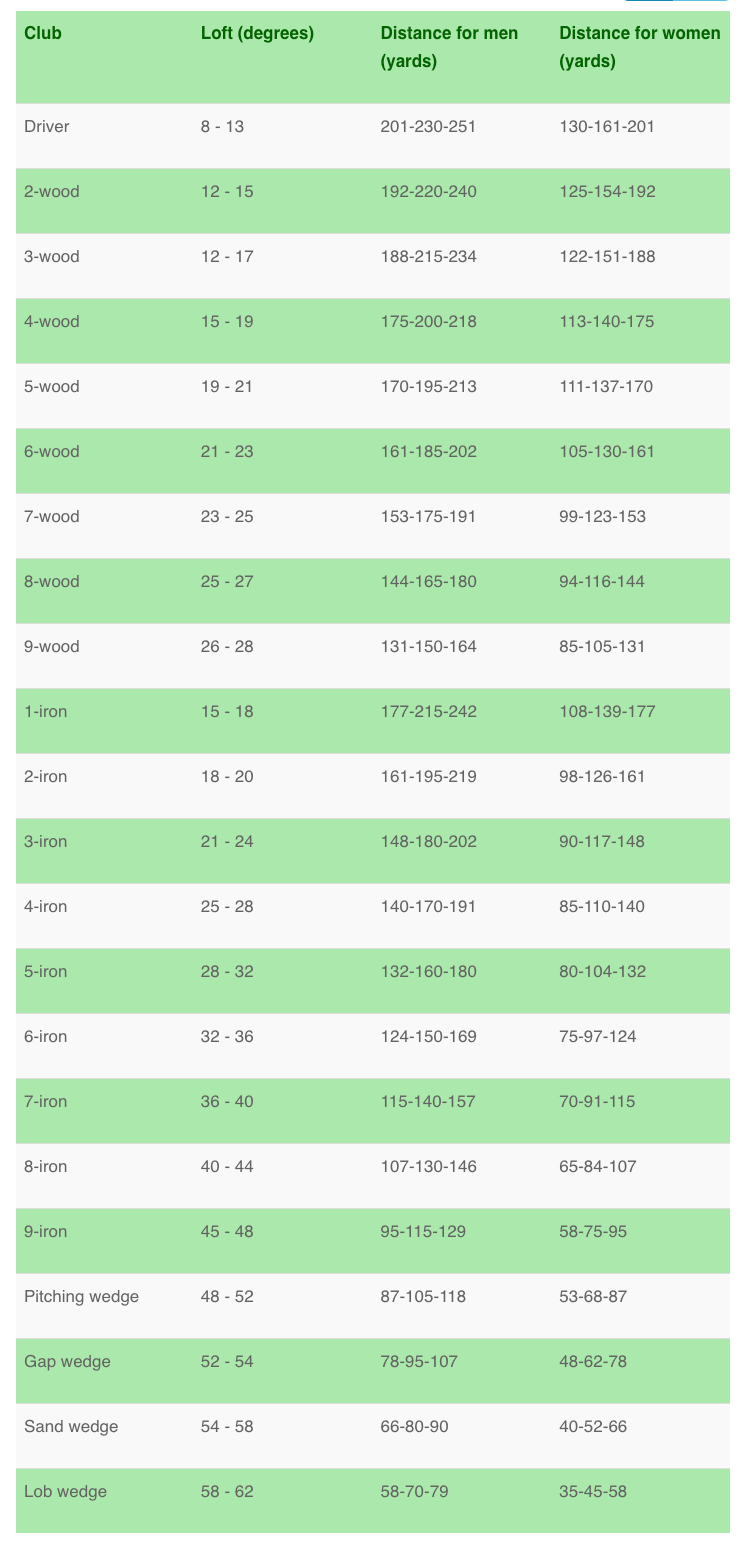Golf Bunker Distances
Becoming confident with your bunker play means more than just saving strokes out of the bunker. If you are confident about hitting out of a bunker, it means that you can go for the green from further out. This is because you know that if you land in a bunker you can get up and down for two strokes, or at worst take three strokes. To become confident out of a bunker you need to first practice the swing you are using in the bunker. If necessary take some lessons from a teaching professional and then find somewhere you can practice the swing in a bunker. Once you can consistently get of the bunker, you will be ready to control the distance of the shot. This will make it much more likely that you can get up and down out of a bunker.
There are a number of ways that you can control your distances from the bunker, depending on your situation. Here we will deal with these different situations: green-side bunkers, fine-control, deep bunkers, and fairway bunkers.
Green Side Bunkers
The easiest way to achieve coarse control from the green side bunker is to use your three shortest wedges, often a lob wedge, sand wedge, and pitching wedge. Typically your lob wedge will go about ten yards, your sand wedge twenty yards and your pitching wedge thirty yards. Remember the key thing is to actually get out of the bunker, so make sure you choose a club with sufficient loft land over the bunker lip. If in doubt, or if you are not feeling confident, use the lob wedge, that way if you skull the shot, at least it will not go too far. The best way to find the exact distance that your shortest clubs go out of a bunker is to hit practice shots from a bunker and note where the balls end up.
Fine Control
Once you have coarse control using different clubs, you can achieve find control by altering the length of your swing. You will need to experiment with different swing lengths to work out how far each goes. Following the advice of Dave Peltz, it can be easier to settle on three discrete swing lengths: full-swing, three-quarters swing, and half-swing, and get to know just how far each goes. For example you might find your sand wedge goes seven yards for a half-swing, ten yards for a three quarters swing, and twelve yards for a full swing. If you are using a very short swing make sure your follow through is twice the length of the back swing.
Deep Bunkers
These are the monsters that we all fear. For these you should use the highest loft club in your armoury, probably you loft wedge, and use a full swing with it. If that is not enough, then you can open the club so it has a higher effective loft. But make sure you have practiced doing this before trying it on the course. And if that does not work ...
If you are too close to the wall of the bunker, for a one stroke penalty, you can drop within two club lengths on a line from the hole, and if that does not work ...
You have to go to the ultimate solution, which is to drop outside the bunker for a two stroke penalty. You can drop within two club lengths from where the ball entered the bunker, but no closer than the hole. If you are completely shattered by this point, hit the shot in a direction such that it cannot go back into that Monster!
Fairway Bunkers
Once you get the hang of it, these bunkers are surprisingly easy to hit a long shot from. Choose a club that goes about the distance you want to go from the bunker. For example, if the bunker is one hundred yards from the green, then chose your one hundred yards club. Take your stance, such that the ball is well back on your stance, and make your swing thought to be cleanly picking the ball off the sand. If you find you are hitting further than expected, take one club length to adjust for the delofting that can occur if you are hitting the ball back in your stance.
Of course, if it is a deep fairway bunker, you may need to take a higher loft club to make sure you clear the lip.
